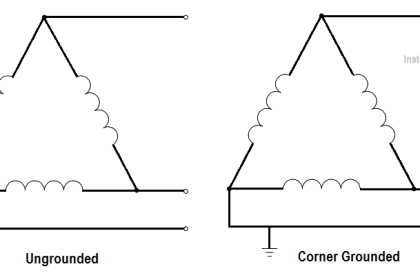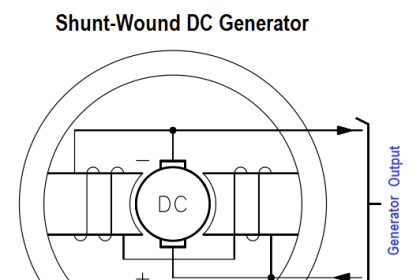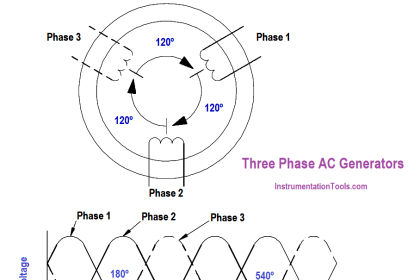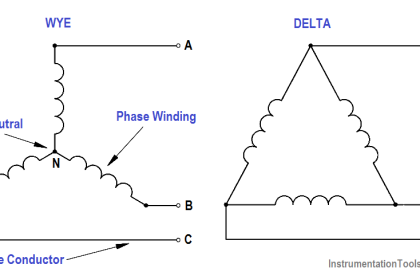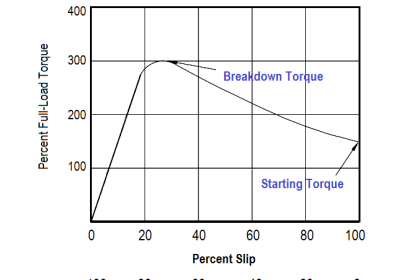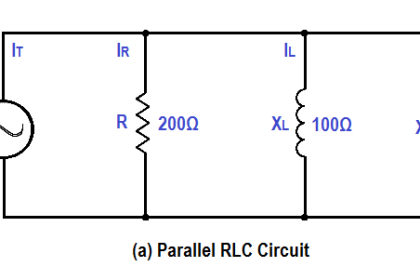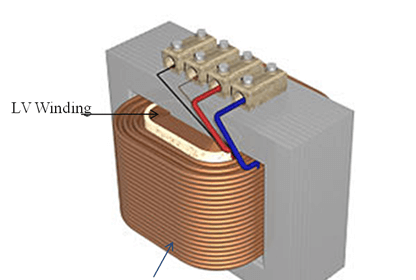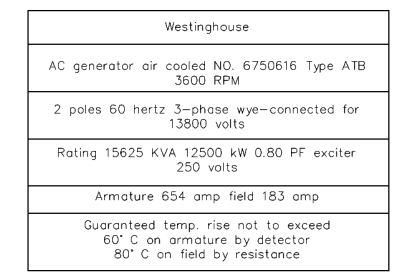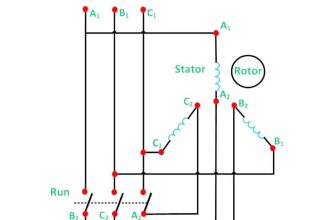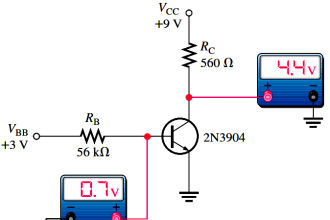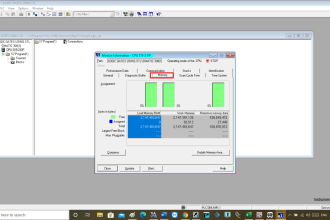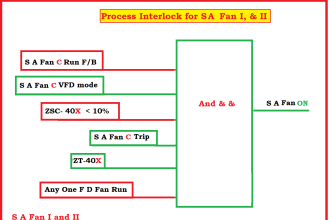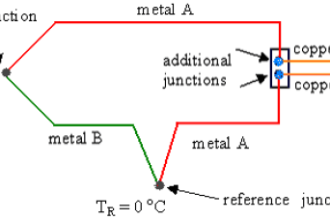The ground detector is an instrument which is used to detect conductor insulation resistance to ground. An ohm meter, or a series of lights, can be used to detect the insulation strength of an ungrounded distribution system. Most power distribution systems in use today are of the grounded variety; however, some ungrounded systems still exist.
Ohm Meter Ground Detector Method
In the ohm meter method (below Figure), a DC voltage is applied to the conductor. If a leakage path exists between the conductor insulator and ground, a current will flow through the ground to the ohm meter proportional to the insulation resistance of the conductor.
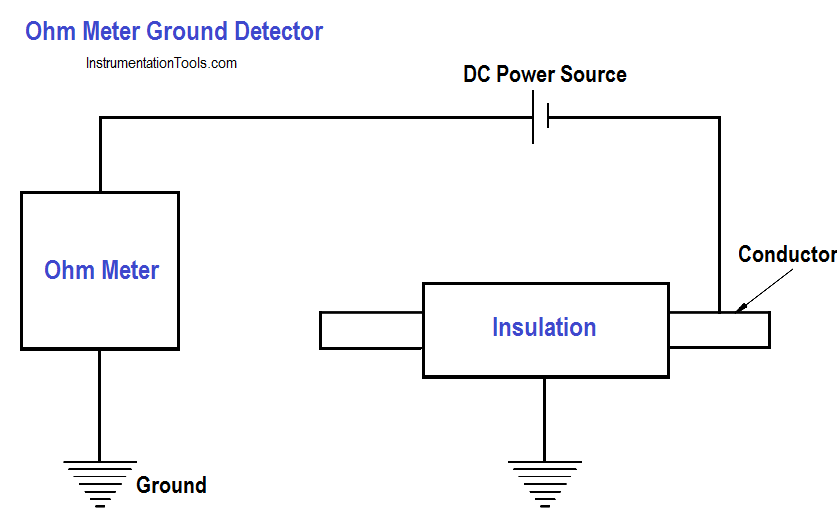
Figure : Simple Ohm Meter Ground Detector
Ground Detector Lamp Method
In the ground detector lamp method (below Figure), a set of three lamps connected through transformers to the system is used. To check for grounds, the switch is closed and the brilliance of the lamps is observed.
If the lamps are equally bright, no ground exists and all the lamps receive the same voltage. If any one lamp is dark, and the other two lamps are brighter, the phase in which the darkened lamp is in is grounded. In this case, the primary winding of the transformer is shorted to ground and receives no voltage.
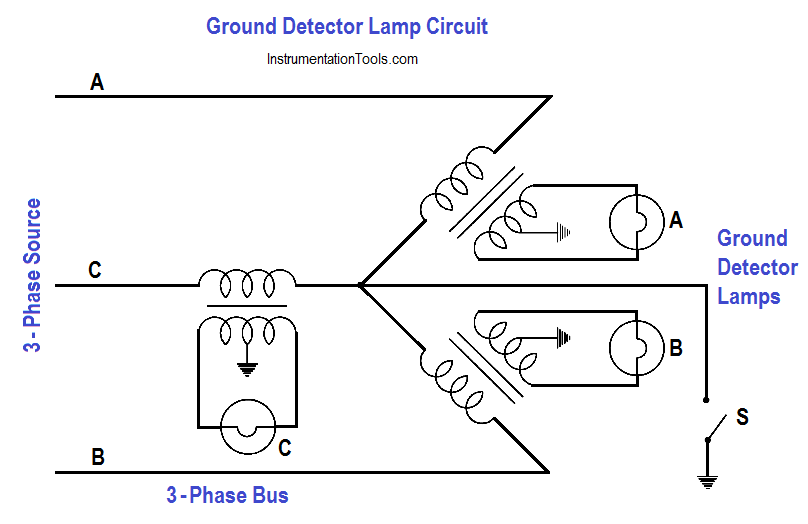
Figure : Ground Detector Lamp Circuit
